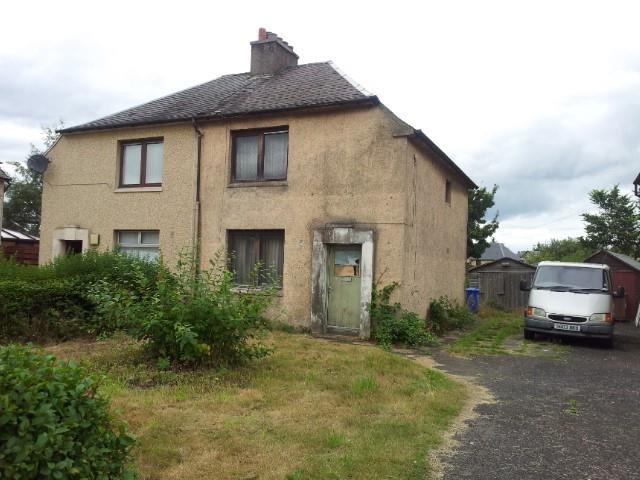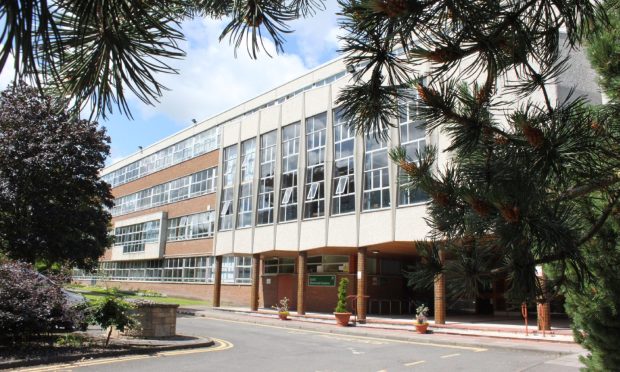Crumbling bricks, broken windows and overgrown gardens of empty homes could be a visual legacy of the economic crisis caused by the Covid pandemic if action is not taken to bring more properties back into use.
That’s the warning from the leader of the Scottish Empty Homes Partnership, which is a project working with local authorities across the country trying to bring almost 50,000 empty homes back into use.
Concerning rises in the number of properties empty for six months or more have been recorded across Courier country in the past year, and there are fears the full impact of Covid-19 on those numbers is still emerging.
Perth and Kinross had 345 more homes deemed as long-term empty properties in 2020 than the year before, with similar increases in Fife, where there were 253 more identified, and Angus, where 150 more homes were empty for more than six months.
Shaheena Din, national project manager for the Scottish Empty Homes Partnership, has urged all local authorities to come together to tackle the issue.
“Images of empty homes came to symbolise economic decline and the loss of vibrant communities across Scotland in the 1980s and recent figures show the Covid crisis is already causing more empty homes in Scotland,” she said.
“We must act now to ensure empty homes do not become a legacy of the pandemic.
“By investing in dedicated empty home services, councils can help make homes available for those who need them, improve local communities and deliver a much-needed boost to local economies.”
According to Scottish Government figures published in December, 47,333 properties in Scotland had been empty for 6 months or more, up 16% (6,370) from the previous year.
SEHP are also concerned the pandemic has placed Scotland’s ability to deliver 50,000 new affordable homes at risk and believe empty homes can provide a cost-effective way of providing much needed affordable homes after the pandemic.
The average cost of returning an empty home to a habitable state is between £6,000 and £12,000, 10 times less than the average cost of building a new home.
Fife Council is one of the authorities which is pursuing plans to acquire empty ex-council houses to help those in need.
Hoping to acquire up to 100 homes in the calendar year up to March 2021, the project will cost a net total of £3 million and each house will be acquired at an average of £100,000.
Individual properties will attract a £40,000 subsidy from the Scottish Government, leaving a net cost for the council of £60,000 for each.
John Mills, head of Fife housing services, said: “What we need is an increase in the number of empty houses to let to people in need.
“The Housing Access Recovery Plan, which was just approved in September, is based on a transfer-led approach to all empty vacancies that come our way.
“Through that mechanism we can create additional opportunities for tenants in poor housing circumstances to move but also create chains of allocations, subsequent vacancies we can let more to homeless people and to those on the housing list.
“In this addition of enhanced numbers, we will promote additional opportunities for our tenants, firstly, to move and for the housing access officers thereafter to create chains of allocations to help many more households.”











